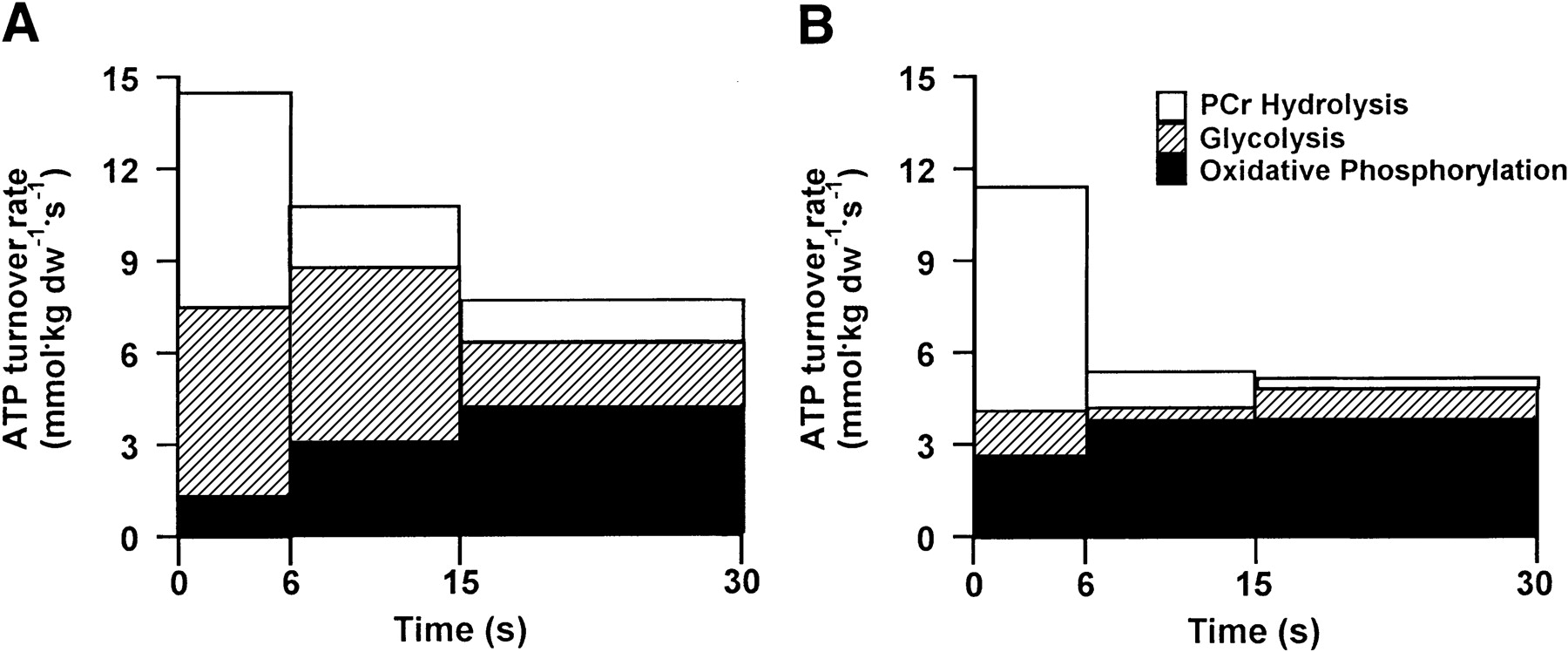Cearball
Level 6 Valued Member
Hi all,
I am thinking of changing my training.
Still inspired by Tom Furman's Armour of war I am thinking of trying a free style program from "Train for Life" called "NAK: minimalist freestyle programme".
It's heavily inspired by Pavel & it's essentially Naked warrior with swing/clean days & LSD cardio.
I probably won't bother adding the purposeful cardio other than walking for fun.
Anyway I like the idea of a freestyle programme ATM.
So let's get to the purpose of this thread.
A+A cardio/KB lifts. I don't really know much about it or where to start so resources would be good so I can understand what it even is exactly. I have googled & read bits & pieces but am still not 100%.
Would A+A work in a freestyle programme?
Do you need to commit to X amount of days & X amount of reps per session rather than say lifting for as long as you want & staying well rested/not huffing and puffing & ensuring explosiveness didn't drop off?
I have found A+A programmes but kinda want to know the A+A principles/summary.
Hope this makes sense.
Thanks
I am thinking of changing my training.
Still inspired by Tom Furman's Armour of war I am thinking of trying a free style program from "Train for Life" called "NAK: minimalist freestyle programme".
It's heavily inspired by Pavel & it's essentially Naked warrior with swing/clean days & LSD cardio.
I probably won't bother adding the purposeful cardio other than walking for fun.
Anyway I like the idea of a freestyle programme ATM.
So let's get to the purpose of this thread.
A+A cardio/KB lifts. I don't really know much about it or where to start so resources would be good so I can understand what it even is exactly. I have googled & read bits & pieces but am still not 100%.
Would A+A work in a freestyle programme?
Do you need to commit to X amount of days & X amount of reps per session rather than say lifting for as long as you want & staying well rested/not huffing and puffing & ensuring explosiveness didn't drop off?
I have found A+A programmes but kinda want to know the A+A principles/summary.
Hope this makes sense.
Thanks


